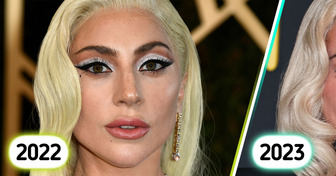10 Dangerous Self-Care Mistakes We Make When Trusting Beauty Bloggers
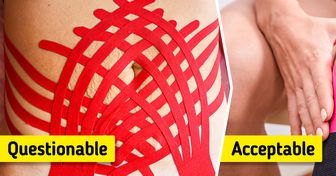
Let’s talk some chess, you know, the game of kings. First, you need a board and some chess pieces. So how does one pay for their chess sets?

This whole thing got started, according to legend, that when a young woman became a queen, she sent two of her sons to put an end to an ongoing rebellion in her land. Unfortunately, one of her sons didn’t make it through the rebellion. The other son soon realized he was too fearful to bring out the heartbreaking news to his mother. So, he asked for the counsel of the wisest man in the kingdom. His name was Qaflān.
Give me three days, the wise man said, and went on to ask for the help of a carpenter and for two different colors of wood, white and black. He then asked the carpenter to make a board out of those pieces of wood and drew sixty-four squares on it. The wise man then came up with a game using the board and started playing it with one of his students, so they’d both become proficient in it.
It centered around different pieces, each having specific rules for their movement on the board. The most important piece of the game is the king. This piece needed to be protected at all costs. Once the game was over, the winner would say shah mat, which meant the king is helpless.
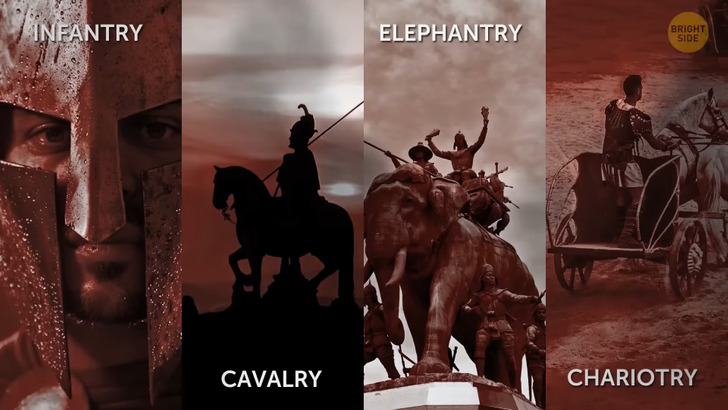
The queen soon found out about Qaflān and his game and asked him to come to court, so she could witness the game too. He played it in front of her with his student and once the game was over, they uttered the ending phrase shah mato. A wise woman herself, the Queen understood Qaflān’s message and realized one of her sons was gone. We’ll never know if the wise queen’s story was true or not, but it’s one of the many legends that claim to explain the invention of chess.
One of the earliest known forms of chess was called Chaturanga, and it goes back to the 6th century AD. We can trace it back to northern India, the Gupta Empire. The name Chaturanga means the four divisions, meaning infantry, cavalry, elephantry, and chariotry. These were the four types of pieces that were used for playing. It was so popular that it spread to the rest of the world, initially reaching Persia, where it was called Shatranj.
The game changed numerous times up until the 15th century, with many countries having different variations of the game: in some Asian countries, for example, the pieces were placed at the intersections of board squares, rather than the square themselves. In Mongolia, the boards were 11 by 10 squares, as opposed to the standard 8 by 8. The 19th century saw both the first chess tournaments started and even the first official World Championship, which was hosted in 1886. Wilhelm Steinitz became the first official World Chess Champion.

By the mid-20th century, chess players generally relied on tactics and had an extremely dynamic play. However, with the invention of databases and chess engines, the game was revolutionized and became more predictable. Playing chess became available via websites, and it’s estimated that about six hundred million people know how to play chess worldwide these days. The movement of the chess pieces on the board is pretty simple, but the game possibilities are endless.
Scientists have estimated there are between 10 to the power of 111 and 10 to the power of 123 positions in chess — that’s mind-boggling! That’s more than the number of atoms in the observable universe — which are estimated to be somewhere between 10 to the power of 78 to 10 to the power of 82. In theory, the longest chess game can have up to 5,949 moves. The longest official game of chess happened back in 1989 and included 269 moves. It took the players over 20 hours to complete and ended in a draw.
The most powerful piece on the chessboard is the queen since it combines the moves of the rook and the bishop. Initially, this piece was called the counselor and wasn’t so flexible when it came to its range of movement. However, it started to be called a queen sometime in the medieval period, in Europe.
Some historians argue that this unique piece was able to become the most dangerous on the board by the 15th century because of the many examples of powerful female rulers in that era. This game is so rooted in popular culture, that the second book ever printed in the English language was about chess! It was simply called The Game of Chess and was published by William Caxton in the 1470s.

We think of the folding chessboard as a neat way to properly store the chess pieces between games, but it was invented with a completely different purpose in mind. For some periods in history, chess was prohibited for many different reasons. In 1254, for example, King Louis IX of France banned chess because he saw it as a useless and boring game. People had to come up with ways to still play the game, so they came up with the folding chessboard.
Once closed, the board could easily be placed on a bookshelf and mistaken for two books. We may have stumbled upon various ancient chess pieces here and there, but the oldest complete chess sets were found on the Isle of Lewis, in northern Scotland. They date back to the 12th century. From their look, scientists believe they were manufactured in either Iceland or Norway. Because of their unique appearance, they were used as source material for various chess pieces in movies.
Not only is it entertaining, but chess has many other benefits. Specialists in neurology see it as an effective way to improve memory skills. That’s because it pushes the mind to solve complex problems and create the best strategies. Its beneficial effects on young people had led to chess being introduced in some schools in various countries. It’s also been linked to higher grades and better behavior. Some chess players got so good at it that they can play it with their eyes closed.
Janos French, a Hungarian player, set the record in 1960 for playing 52 different opponents at the same time, while blindfolded. If that’s not impressive enough, he ended up winning 31 of those games. Another impressive chess player was Emanuel Lasker, a mathematician and philosopher that held the World Chess Champion title longer than any other player ever. He claimed the titles from 1894 to 1921, for 26 years and 337 days. If you’re counting.
In 1985, a writer, activist, and chess player named Garry Kasparov became the youngest world chess champion to date. He was only 22 years old. Apart from World Champion, the highest title a chess player could be granted is that of Grandmaster. These awards are given to players for their top-level performances in chess games, and to earn a Grandmaster title you must win 3.
Once awarded, the title is held for life, but it can be revoked exceptionally for cheating. But how does one cheat in chess? One of the most common ways these days is to use a computer to help choose better moves since computers are now way better at chess than humans. In 1997 for example a computer developed by IBM named Deep Blue became famous for defeating the chess world champion, Garry Kasparov.
As for the youngest chess grandmaster in the world, his name is Abhimanyu Mishra, from the US. He broke this record in 2021 at just 12 years and 4 months old. Amazingly, he first learned to play the game when he was just two and a half years old! The position was previously held by Sergey Karjakin, who became the youngest grandmaster at the age of 12 years and 7 months, in 2002.
The first computer program developed for playing chess was invented in 1951 by mathematician Alan Turing. No computer was powerful enough at the time to process it, so Turing had to test it himself. He performed the calculations and played according to the results, each move taking him several minutes. Thomas Wilson, an English inventor, came up with the tumbling chess clock back in 1883, to help with the gameplay. His invention features a seesaw beam with two equal clocks balanced on it. Before it, chess players used to measure their movements with hourglasses.










